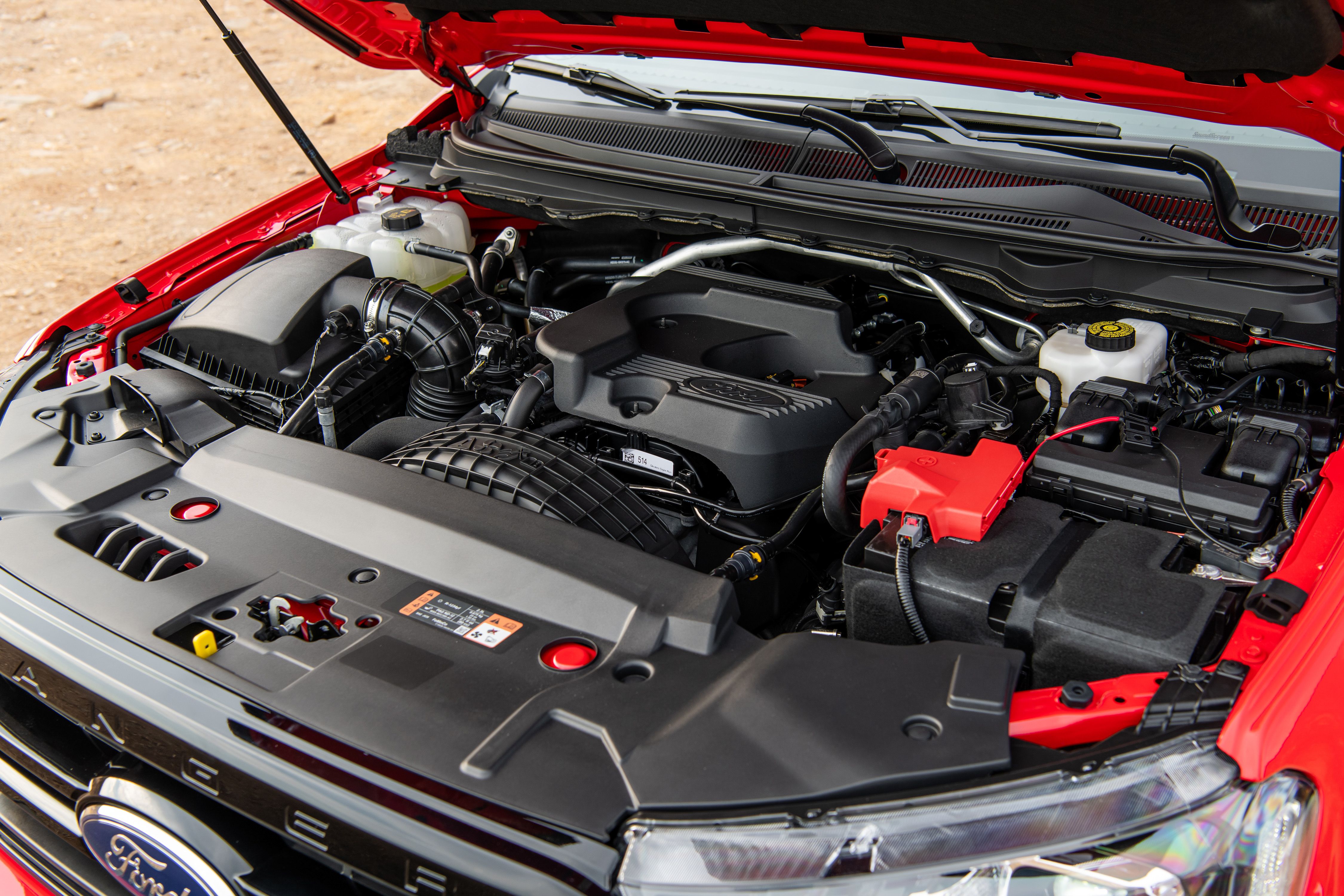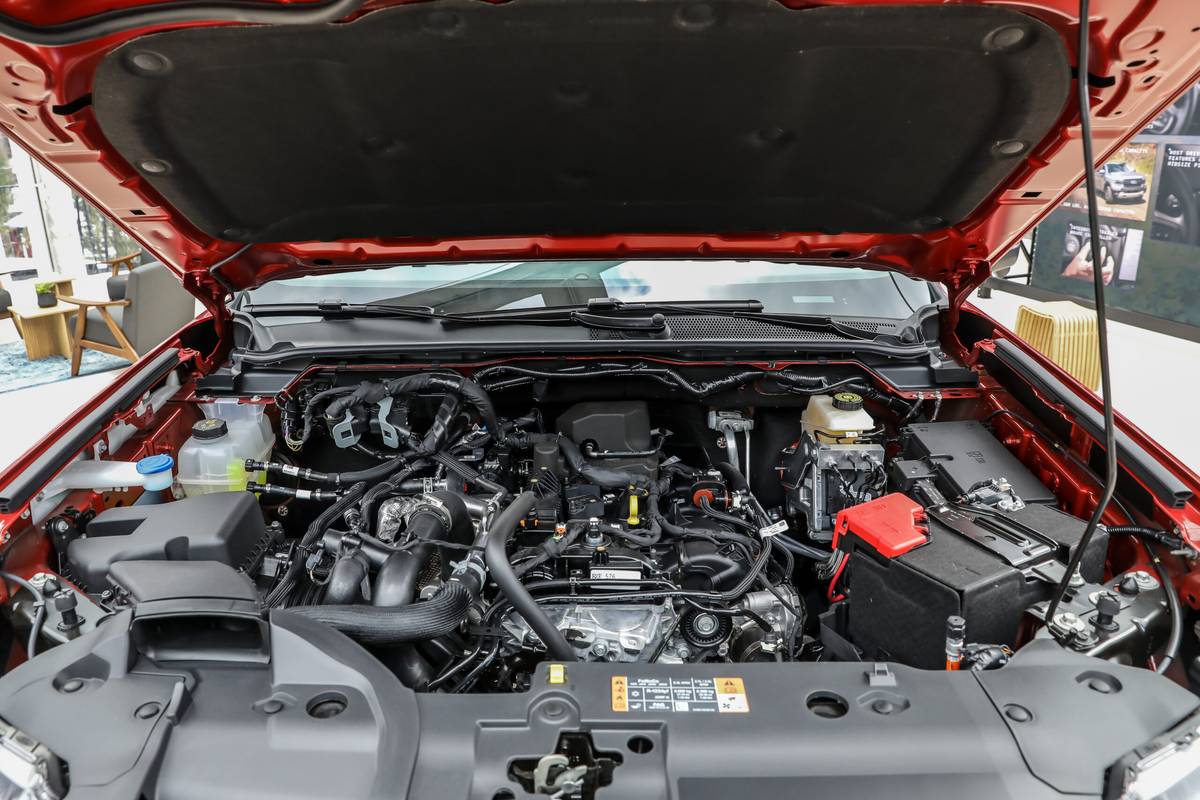Everything You Need to Know About the 2.2 Ford Ranger Engine and Its Performance
Everything You Need to Know About the 2.2 Ford Ranger Engine and Its Performance
Blog Article
Comprehending the Fundamentals of Automobile Engines: Attributes, features, and kinds

Review of Automobile Engines
An automobile engine offers as the heart of a car, transforming gas into power to move it forward. This detailed system makes up different parts that operate in unison to guarantee optimal efficiency and effectiveness. The fundamental operation of a cars and truck engine includes the internal burning process, in which gas and air are mixed, ignited, and eliminated to create power.
The engine's layout can considerably impact its efficiency, gas efficiency, and exhausts. Key parts consist of the cyndrical tube block, pistons, crankshaft, and camshaft, each playing an essential function in the engine's total feature. The cylinder block houses the cyndrical tubes where combustion takes place, while the pistons transform the explosive energy from combustion right into linear activity. This activity is after that transformed into rotational energy by the crankshaft, allowing the automobile's wheels to turn.
In addition to these elements, engines typically make use of numerous systems such as fuel injection, ignition, and cooling systems to boost efficiency and longevity. Recognizing the standard mechanics of cars and truck engines is crucial for diagnosing concerns and carrying out upkeep, ultimately contributing to the vehicle's dependability and performance gradually.

Types of Auto Engines
Vehicle engines can be classified into several types based on their design, fuel kind, and functional principles. 2.2 ford ranger engine. One of the most common categories consist of interior combustion engines (ICE), electric engines, and hybrid engines
Internal burning engines, which can be further split right into gas and diesel engines, operate by stiring up a fuel-air blend to produce power. Gasoline engines are typically lighter and smoother, while diesel engines are a lot more fuel-efficient and offer greater torque.
Electric engines use electrical energy stored in batteries to power an electric motor, supplying instant torque and no emissions throughout operation. As modern technology advancements, electric automobiles (EVs) are increasingly becoming popular for their environmental benefits and lower running prices.
Hybrid engines combine aspects of both internal combustion and electrical engines, enabling versatile power resources and boosted fuel performance. They can operate in numerous settings, utilizing either the gas engine, the electrical motor, or both all at once.
Each kind of engine has distinctive advantages and drawbacks, affecting their application in different car types and market sections, from small cars and trucks to heavy-duty vehicles. Comprehending these types is crucial for making notified choices concerning lorry choice and performance assumptions.
Engine Functions Discussed
Recognizing engine features is critical for grasping exactly how vehicles operate efficiently. At the core of any kind of internal burning engine exists the essential procedure of transforming gas right into mechanical power.
The ignition occurs following, firing up the mix and producing a fast expansion of gases. This pressure drives the piston down throughout the power stroke, which eventually translates into the rotational movement of the crankshaft. The exhaust stroke then removes the invested gases from the chamber, making way for a new cycle to commence.
Along with these main functions, engines additionally include systems that manage air conditioning and lubrication, guaranteeing optimal operational temperature levels and decreasing rubbing in between moving components. This complex interplay of features enables the engine to generate the power needed for vehicle propulsion while keeping effectiveness and integrity. Comprehending these functions provides useful insight right into the intricacies of auto design and improves the ability to detect and attend to engine-related issues successfully.
Key Engine Features
Engine design includes numerous crucial features that considerably influence performance, effectiveness, and longevity. Among the most crucial aspects is the engine useful content arrangement, that includes inline, V-type, and flat designs. Each setup impacts the engine's equilibrium, power, and dimension result, consequently impacting total car characteristics.
One more necessary feature is the engine variation, describing the complete quantity of all cylinders. Larger variations normally produce even more power but might endanger fuel efficiency. Engine materials additionally play a critical function; high-strength and lightweight materials, such as light weight aluminum and magnesium alloys, improve efficiency without including too much weight.
The sort of gas injection system used-- such as direct or multi-port shot-- impacts combustion performance and emissions. Turbocharging and supercharging are features that increase engine efficiency by forcing extra air into the burning chamber, increasing power outcome without dramatically raising engine size.
Finally, the presence of sophisticated engine monitoring systems enhances fuel-air blend and ignition timing, adding to smoother procedure and much better fuel economic situation. Jointly, these features specify an engine's capabilities, setting the foundation for its efficiency and long life in an affordable automobile landscape.
Maintenance Tips for Engines
Proper engine maintenance is crucial for making certain optimum performance and durability, as overlooking routine care can lead to considerable problems down the line. To keep your engine effectively, begin with normal oil modifications, usually every 3,000 to 7,500 miles, depending upon the kind of oil made use of. Fresh oil lubricates engine components, reducing friction and wear.
Additionally, keeping track of coolant levels is essential to click over here stop getting too hot. Make sure that the coolant is topped up and remains in great condition to maintain efficient temperature guideline. Consistently examine and replace air and fuel filters, as clogged filters can hinder airflow and gas delivery, jeopardizing engine efficiency.
Additionally, take notice of spark plugs and ignition systems. Malfunctioning or worn trigger plugs can bring about misfiring and lowered efficiency. Checking the battery terminals and connections for rust is also important, as a weak battery can influence engine beginning.

Conclusion
In summary, a thorough understanding of auto engines incorporates various types, features, and crucial attributes that substantially influence vehicle performance. Internal combustion engines, along with electric and hybrid options, show diverse mechanisms for power conversion. 2.2 ford ranger engine. Acknowledging the vital features, such as consumption and exhaust cycles, along with crucial engine features like setup and gas injection my explanation systems, gears up automobile owners with the expertise needed for reliable upkeep and operation, ultimately enhancing lorry long life and efficiency
A cars and truck engine offers as the heart of an automobile, transforming gas into mechanical power to push it onward. The basic operation of a vehicle engine involves the internal burning procedure, wherein gas and air are blended, ignited, and eliminated to develop power.
Regularly inspect and change air and fuel filters, as clogged filters can hinder air flow and fuel delivery, compromising engine efficiency. - 2.2 ford ranger engine
In recap, a detailed understanding of car engines incorporates numerous types, features, and key functions that considerably affect automobile performance. Acknowledging the essential functions, such as intake and exhaust cycles, along with critical engine features like configuration and fuel shot systems, outfits vehicle owners with the knowledge essential for efficient maintenance and procedure, eventually improving car durability and performance.
Report this page